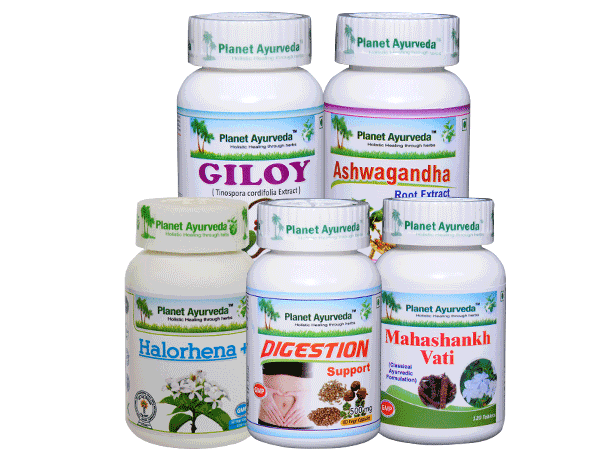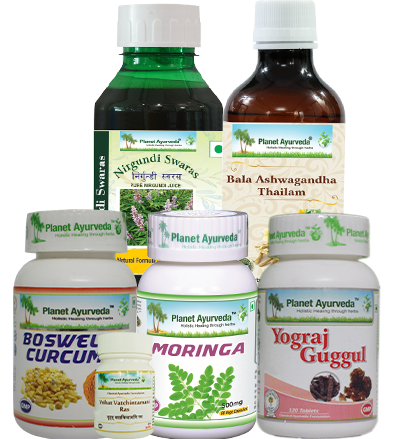What is Potomac Horse Fever?- Treatment With Herbal Supplements

Abstract
Summer and fall are thrilling months for horse owners as they gear up for a host of equine activities such as racing, competitions, sales prep, and even some laid-back horse watching. However, amidst all the excitement, it’s important to keep a close eye on your horse’s health. Unfortunately, Potomac horse fever (PHF), caused by the intracellular rickettsial organism Neoricketsia ristcii, is a potential threat to horses, particularly during the warmer months. This disease tends to occur near muddy areas such as rivers, streams, and marshes, and most of the cases are seen in the United States. PHF can cause a range of symptoms, including decreased appetite, malaise, fever, diarrhea, and even laminitis. However, with prompt recognition and appropriate treatment, PHF can be managed with supportive care. By keeping a watchful eye on your horse’s health, especially during the summer and fall months, you can help keep them safe from this disease. In this article we are going to discuss its causes, symptoms and treatment by natural methods or herbal formulations.
Introduction
Potomac horse fever (PHF) is a disease that affects horses of all ages, characterized by mild colic, fever, and diarrhea, and in pregnant mares can result to abortion. The primary cause of PHF is the bacteria Neorickettsia risticii, which infects the enterocytes of the small and large intestine, leading to acute colitis – a key symptom of the disease. The disease typically occurs during the pre-summers, summers and in pre-winters and is common in marshy lands.
Causative factors
The process of PHF transmission is a little bit complex. Horses become infected by consuming mayflies and/or caddisflies that carry the rickettsial organism.
Infection can occur through ingestion of other hosts involved in the life cycle. After the organism is consumed, it invades the cells lining the gastrointestinal tract, particularly affecting the mucosal cells in the large colon.
End result is colitis that inhibits the absorption of nutrients and leads to loose motions. Causative Organism found in Stools of diseased horses but reason behind this is still unknown.
PHF is not contagious horse-to-horse, but horses in the same location may be at risk due to the presence of N. risticii in the environment.
Incubation period
It is in or around 1.5 to 3 weeks
Clinical Findings
Initial symptoms that are present
- Potomac horse fever (PHF) typically represents with mild depression and loss of appetite as initial clinical features.
- This is followed by a fever ranging from 102°F to 107°F
- Intestinal sounds may be decreased at the time of fever
- Within one to two days, around 60% of affected horses develop moderate to severe diarrhea.
- The consistency of feces can range from soft piles to watery.
- Diarrhea can be associated with mild abdominal discomfort
Some of the horses may show some severe clinical symptoms like
- Sepsis and dehydration
- Enterocolitis
- Laminitis
Prevention
- Prevention of PHF primarily depends on management strategies.
- Although a PHF vaccine is available, its effectiveness is uncertain.
- Turning off barn lights at night or replacing them with blue lights can reduce the number of Mayflies and Caddisflies attracted to the barn.
- Keeping feed covered and insect-free can also lower the risk of infection.
- Early detection of PHF symptoms is essential for timely treatment and to reduce associated complications.
Treatment – In Modern medicines
- Treatment for PHF involves a range of therapies, such as antibiotics, anti-inflammatories, IV fluids, electrolyte supplementation, anti-diarrhea medications, and ice boot therapy.
- The severity of the case determines the extent of treatment, and hospitalization may be necessary for intensive care.
- While severe cases may have a poor prognosis due to severe colitis and/or laminitis, early treatment can improve the chances of recovery.
- Prompt treatment is essential to prevent the spread of the disease and minimize the risk of complications.
- With proper care and management, horses with PHF can make a full recovery and return to their normal activities.
Ayurveda says, in the context of managing Potomac horse fever, Ayurvedic principles could potentially be applied to support the overall health and immune function of horses, which may help reduce the risk of infection and improve outcomes if infection occurs. This can be achieved through a variety of methods, including diet, lifestyle practices, and herbal remedies. Planet Ayurveda provides some specific herbal formulations to combat this disease.
Herbal remedies by Planet Ayurveda for Potomac Horse Fever
Planet Ayurveda is a GMP certified herbal manufacturing company, where medicines are carefully prepared using traditional Ayurvedic techniques that have been passed down through generations. These methods involve using a combination of herbs and natural ingredients to create powerful formulations that target specific health conditions. All medicines that are prepared here are cruelty free, chemical free, and even free of side-effects. Some of the effective formulations are mentioned below for this condition
Product List
- Giloy Capsules
- Ashwagandha Capsules
- Halorhena + Capsules
- Digestion Support
- Mahashankh Vati
PRODUCTS DESCRIPTION
1. Giloy Capsules
Planet Ayurveda prepared giloy capsules by standardized extract of herb giloy Tinospora cordifolia. This herb is named as amrita in sanskrit language which means it can provide longevity to the one. It is hot in potency and its tryadoshahara means balances all the three doshas.
Dosage: 6 Capsules twice daily, with meals.
2. Ashwagandha Capsules
Planet Ayurveda prepared it as a single herbal formulation that is prepared by using the standardized extract of Ashwagandha Withania somnifera. This herb is called as medhya which enhances the memory, rasayan is rejuvenator and is dhatupushti karak strengthens the dhatu of our body.
Dosage: 4 Capsules twice daily, with meals.
3. Halorhena + Capsules
These capsules are made by single herb Kutaj Holarrhena antidysenterica. In Sanskrit this herb is named as vatsak. Our Acharyas categorized this herb as asthpanopag, kandu ghana. Well known herb that is used in intestinal diseases like diarrhea, or undigested toxins./
Dosage: 4 Capsules twice daily, with meals.
4. Digestion Support
Planet Ayurveda provides this miraculous herbal formulation that is prepared by seven wonderful herbs, some of them are Amla Emblica officinalis, haritaki terminalia chebula etc. These herbs are helpful in making our digestion powerful and helps us to fight with infection, Amla is also used as an immunomodulator plant.
Dosage: 2 Capsules twice daily, with meals.
5. Mahashankh Vati
This is a classical herbal blend consisting of various herbs like Shunthi zingiber officinalis, etc. these formulations help us to solve the discomforts of horses. Vomiting, diarrhea, loss of appetite or anorexia can be relieved by our medicine. Blood related disorders can also be solved by this formulation.
Dosage: 6 tablets twice daily, with meals.
Contact Planet Ayurveda Support Team to provide you the costing / ordering and delivery information at – costing.planetayurveda@gmail.com or Call at 0172-521-4030 (India), +91-172-521-4030 (Outside India) or Whatsapp at (+91) 9915-593-604
Conclusion
In summary, Potomac horse fever can be managed by Ayurvedic herbal supplements as well as additionally by feeding a balanced diet that is tailored to the horse’s specific needs and includes nutrient-dense foods such as fresh vegetables and herbs. Providing regular exercise and opportunities for rest and relaxation to support overall health and wellbeing. Use Ayurvedic herbs and supplements, such as ashwagandha, guduchi, and triphala, to support immune function and reduce inflammation.





